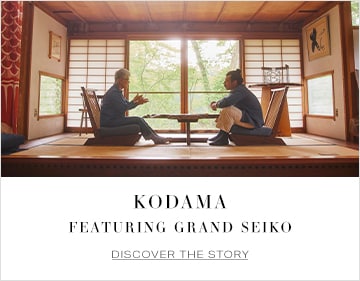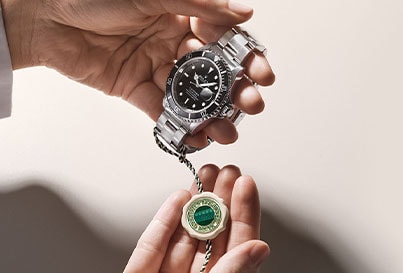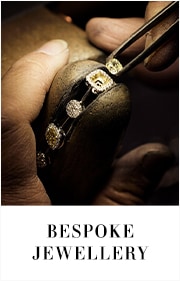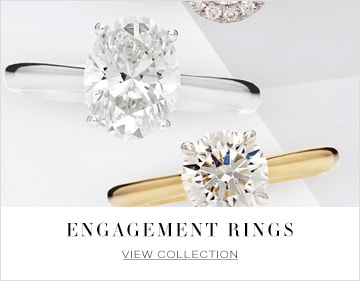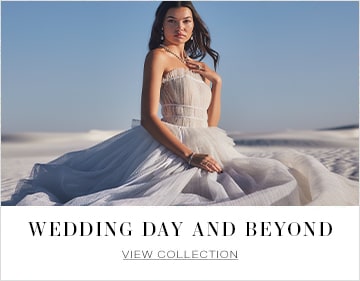-
Watches
By Category
Anytime. Anywhere.
By Collection
By Brand
-
Rolex
By Category
By Collection
- Rolex Certified Pre-Owned
- Pre-Owned & Vintage
-
Brands
Watch Brands
Jewelry Brands
-
Jewelry
By Metal
By Gemstone
By Collection
By Brand
-
Engagement
By MetalBy StyleBy Cut/ShapeBuild Your Ring
-
Wedding
By MetalWedding JewelryEditorial
- Sale
-
Sell Your Watch
Sell Your Watch
We will expertly assess your watch and offer you
a competitive and accurate valuation for the
watch you wish to sell to us.Free valuation by our experts
Unrivalled knowledge & expertise
Competitive prices offeredBrands we buy
A. Lange & SohneAudemars PiguetBlancpainBreguetBreitlingCartierIWC SchaffhausenJaeger-LeCoultreLonginesOMEGAPatek PhilippeRolexHeuerTudorVacheron Constantin - Stores
- Shop by Category
-
Watches
- Back
- Shop All Watches
- By Category
- Anytime. Anywhere.
- By Collection
-
By Brand
- Rolex
- Angelus
- Arnold & Son
- Berd Vay'e
- Blancpain
- Bovet
- Breitling
- BVLGARI
- Cartier
- DOXA
- Girard-Perregaux
- Grand Seiko
- Hamilton
- Hublot
- ID Genève
- IWC Schaffhausen
- Jacob & Co
- L’epee 1839
- Longines
- Luminox
- Nivada Grenchen
- OMEGA
- Oris
- Panerai
- QLOCKTWO
- Rado
- Raymond Weil
- Reservoir
- Speake Marin
- TAG Heuer
- Tissot
- Tudor
- Ulysse Nardin
- William Wood Watches
- WOLF
- Zenith
- Rolex
- Rolex Certified Pre-Owned
- Certified Pre-Owned
-
Brands
- Back
- View All Brands
-
A-Z
- Rolex
- Angelus
- Arnold & Son
- Berd Vay'e
- Bijoux Birks
- Blancpain
- Bovet
- Breitling
- BVLGARI
- Carlex
- Cartier
- CHANEL
- Di Modolo
- Dinh Van
- DOXA
- FOPE
- Girard-Perregaux
- Goshwara
- Grand Seiko
- Gucci
- Hamilton
- Hearts on Fire
- Hublot
- ID Genève
- Ippolita
- IWC Schaffhausen
- Jacob & Co
- J Fine
- L’epee 1839
- Longines
- Luminox
- Mappin & Webb
- Marco Bicego
- Massena LAB
- Mayors
- Messika
- Mikimoto
- Nivada Grenchen
- Nouvel Heritage
- OMEGA
- Oris
- Panerai
- Parmigiani Fleurier
- Paul Morelli
- Pasquale Bruni
- Penny Preville
- Persée
- Pomellato
- QLOCKTWO
- Rado
- Raymond Weil
- Reservoir
- Roberto Coin
- Royal Asscher
- Serafino Consoli
- Speake Marin
- Tabayer
- TAG Heuer
- Tissot
- Tudor
- Ulysse Nardin
- Uneek
- William Wood Watches
- WOLF
- Zenith
- Jewelry
- Engagement
- Wedding
- Sale
- Sell Your Watch
- Stores
- My Account
- Wishlist
- Store Finder
- Request an Appointment
- Help & Support
Our Guide To Choosing Your First Watch
By Watches of Switzerland Group | 6 minute read
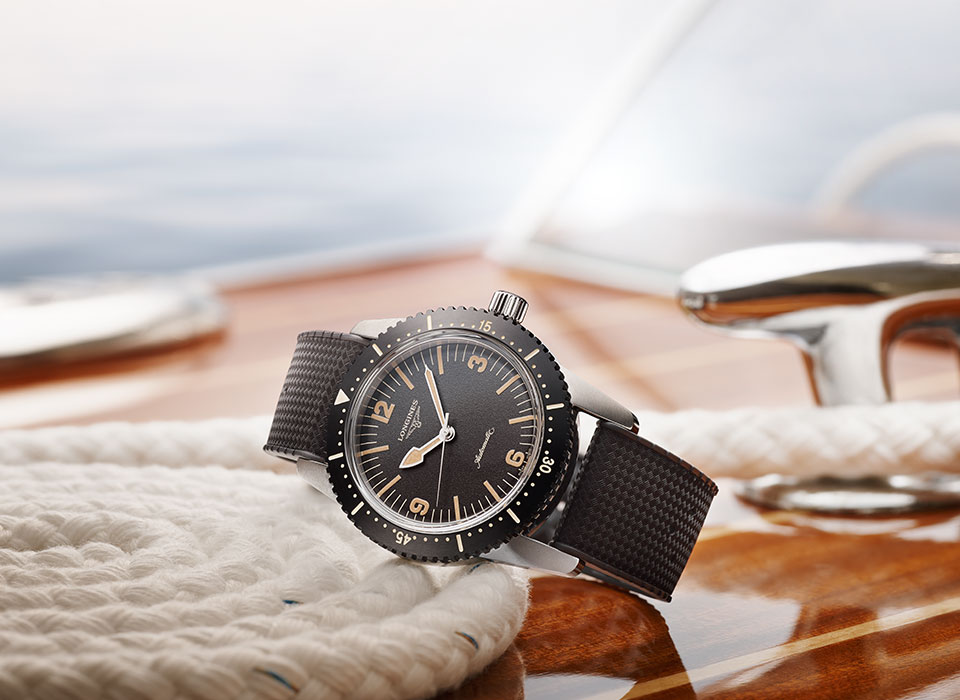
Life is filled with milestone moments: the pride you feel at graduation, the elation of securing your first job, the joy of getting married. And while buying your first luxury timepiece doesn’t always feature on that list, there’s no denying that it’s a big step. Chances are it’ll be the most money you’ve ever spent on one wearable object, so you could view it as a sign of how well you’re doing in life.
But with so many horological brands to choose from, not to mention the numerous designs, complications and materials to consider, it can be a lengthy process. So whether you’re looking for a simple three-hander to tell the time or a full-blown horological investment to pass on to your future generation, here are our top tips for first-time watch buyers.
Know your budget
One of the most important factors when choosing your first timepiece is setting your budget. Much like cars, watches involve complex mechanics, so different designs often vary considerably in price. A fine Swiss watch can cost anything from £500 all the way up to seven figures, so it’s a good idea to start your search based on how much you want to invest, and then stick to it. A typical entry-level model is priced at around the £1,000 mark, and will definitely help you get your foot on the horological ladder.
Many brands, including TAG Heuer, Longines and Oris, all renowned Swiss watch houses with a wealth of affordable and attractive designs offer pieces that fit this category. At around the £4,000-5,000 mark, you could turn to brands such as Breitling, OMEGA and IWC Schauffhausen, all of which create high-quality mechanical watches that will stand the test of time. Then, of course, there are the higher-end complications and precious metals from the likes of Rolex and Patek Philippe, which will set you back more but will, of course, be worth it in the long run.
Inner beauty
Now you’ve set your budget, it’s time to take a closer look at the watches on offer. First, it’s important to understand the two main types of watch: those powered by a mechanical movement, and those powered by a battery-powered quartz movement (largely, the latter are slightly less expensive). Mechanical movements are either wound by hand or wound automatically by the natural movement of your wrist. They’re made up of hundreds of small components and assembled by hand, which is why they are more expensive to buy and maintain.
For many watch-buyers, mechanical movements are seen as a charming reminder of the traditional, centuries-old technique of watchmaking. However, quartz-powered watches are often more affordable. Another thing to remember is that only a few watch houses make their own ‘in-house’ movements for most of their watches such as Patek Philippe and Zenith — sometimes known as manufacture or proprietary movements. Some watch-buyers are prepared to pay more for a timepiece powered by a highly desirable in-house movement, but the majority of brands use Swiss Made movements from one of the specialist manufacturers such as ETA or Sellita, and these are just as reliable.
If a watch is to last a lifetime and beyond, it needs to be looked after. We recommend having your new mechanical watch serviced every three to five years as the lubricants between the movement’s tiny moving parts wear out over time. You can read our guide to our services and repairs here
Measuring up
Another consideration when buying your first timepiece is its dimensions ie. case size and thickness. As a rule of thumb, ladies’ watches are smaller, and can be as little as 20mm in diameter, although in recent years more watch brands have unveiled larger models for discerning female watch-lovers, such as the Longines La Grande Classique (below) that has a 33mm case size. Men’s watches are normally around the 40mm mark, although these days more and more men are actually seeking smaller wristwatches in the 30-36mm range, while rugged types can opt for timepieces as big as 50mm, such as the Breitling Avenger Hurricane (below). Thickness is also a key factor, as anything deeper than 10mm can be tricky to wear underneath a shirt cuff. You may even want to consider an ultra-thin timepiece.
Match your lifestyle
Water-resistance
A well-chosen timepiece is a great accessory, whether you’re an adventurous type with a fast-paced life or a style maven searching for the perfect wristwatch to complement your wardrobe. Either way, a key attribute to take into consideration is water-resistance. A watch with water-resistance of 30 metres is good if it rains, but shouldn’t be submerged in water. You can swim wearing a watch with 50 metres of water-resistance, but it won’t be able to survive a dive. If you are thinking of going snorkeling, go for 100 metres. And if you’re a full-on diver, then 200-metre, 500-metre or 1000-metre water-resistance is for you, depending on how deep you go. Plus you’ll need to reproof your watch every couple of years.
Strap
Consider the strap, too. Watches with leather straps look great for the office but might not suit an action-packed lifestyle. If you’re planning to wear your watch for running or swimming, you may want to opt for a more practical, hard-wearing rubber strap or stainless-steel bracelet.
Complications
Complications may also dictate your choice, depending on the level of functionality you’re looking for in a watch. There are what you might call ‘useful’ complications: chronographs are perfect for timing laps, second time zones are great if you travel a lot, date windows are helpful for keeping track of meetings. Then there are more ‘romantic’ complications, which are the revered functions that celebrate the art of fine watchmaking. These include minute repeaters that chime on demand, tourbillons that counter the effects of gravity on the movement, and perpetual calendars that never need adjusting, even in a leap year.
Kickstart your collection
When buying your first watch, you might also be thinking of its long-term value. If you are hoping this will be the first watch purchase of many, we recommend kicking off with a classic watch design that will hold its value and defy the decades. Examples of the entry-level price points include a TAG Heuer Carrera, an OMEGA Speedmaster, a Cartier Santos or a Rolex Air King; if you have a bit more to spend, there’s the Panerai Luminor or Jaeger-LeCoultre Reverso. If you’re fortunate enough to have a larger budget, and want to cut straight to the chase, then watches from the ‘Big Three’ — Patek Philippe, Vacheron Constantin and Audemars Piguet — are guaranteed to be prized for years to come. And there are plenty of other fantastic brands, from NOMOS Glashütte to Hublot to Ulysse Nardin, for those who want something equally covetable but slightly more unusual.
When all is said and done, the best piece of advice we can give to someone purchasing their first timepiece is to go with your heart. If you wear it with a smile on your face, you’ll know you’ve chosen well.
